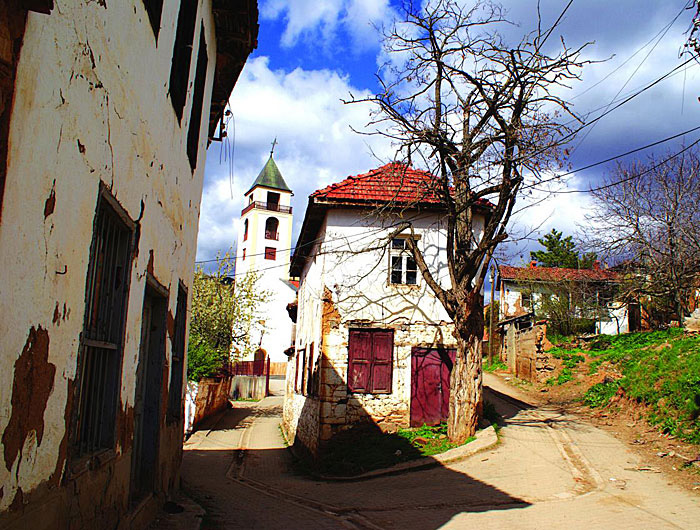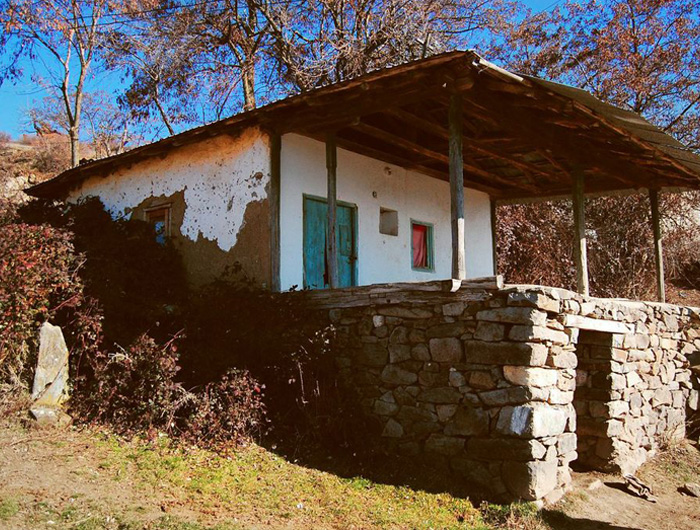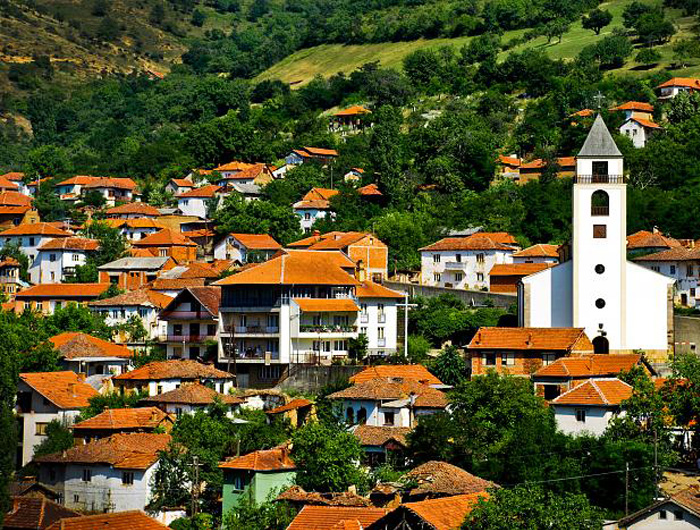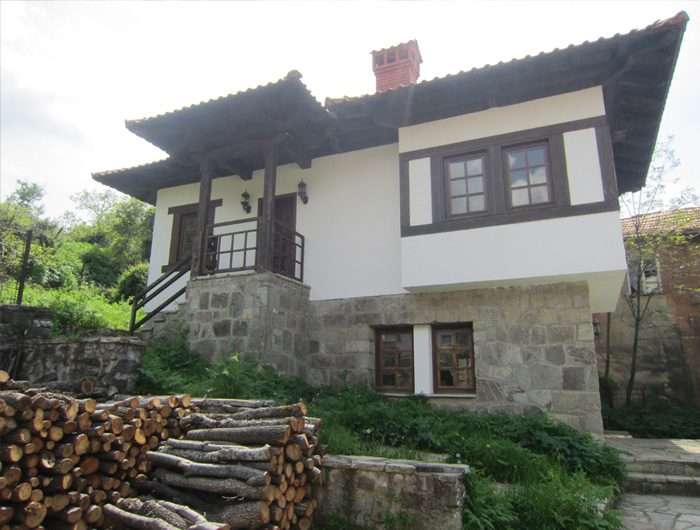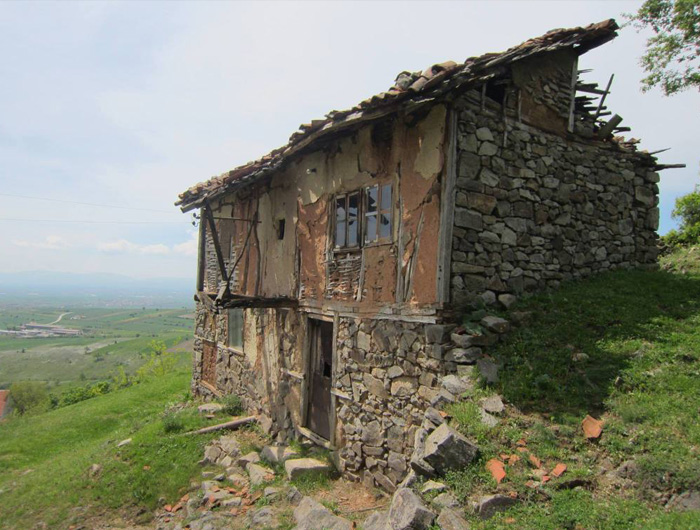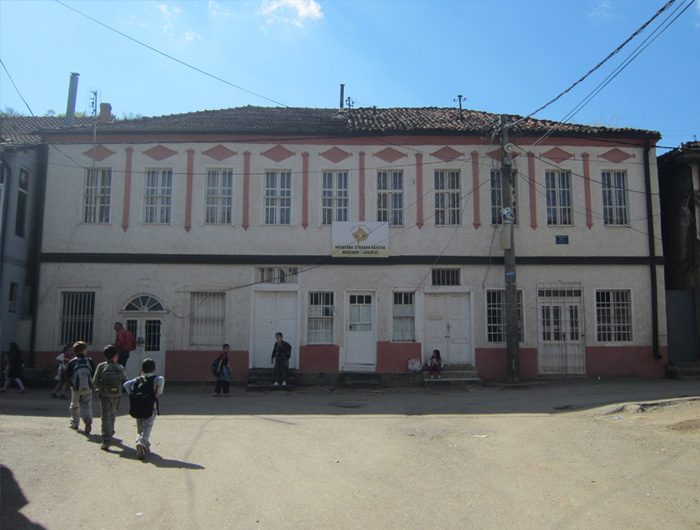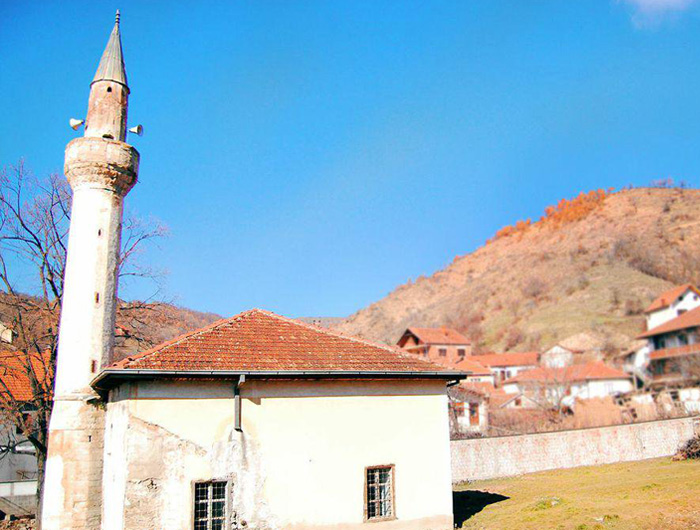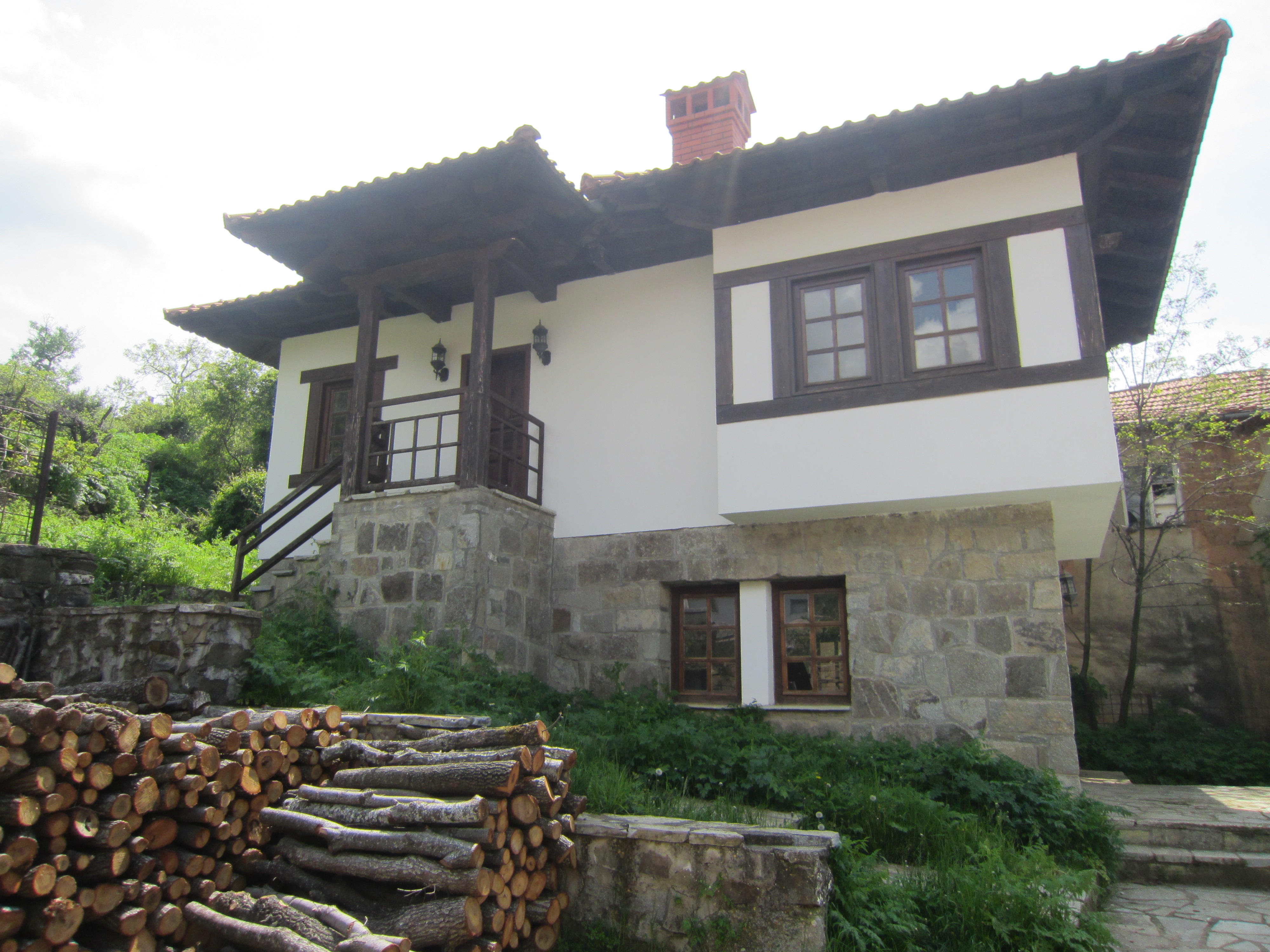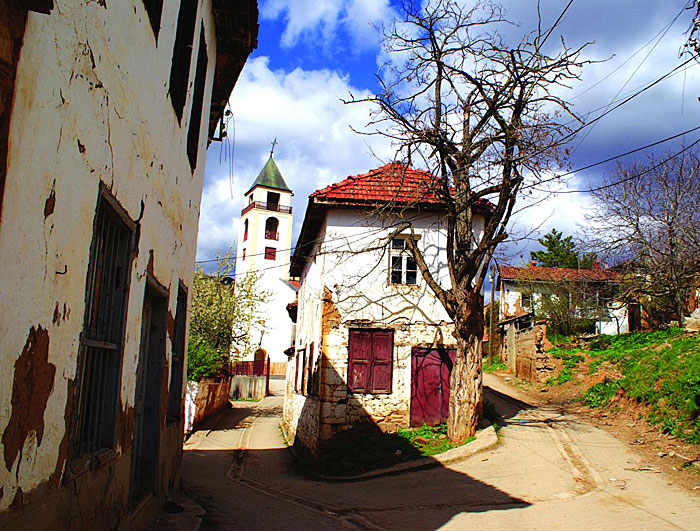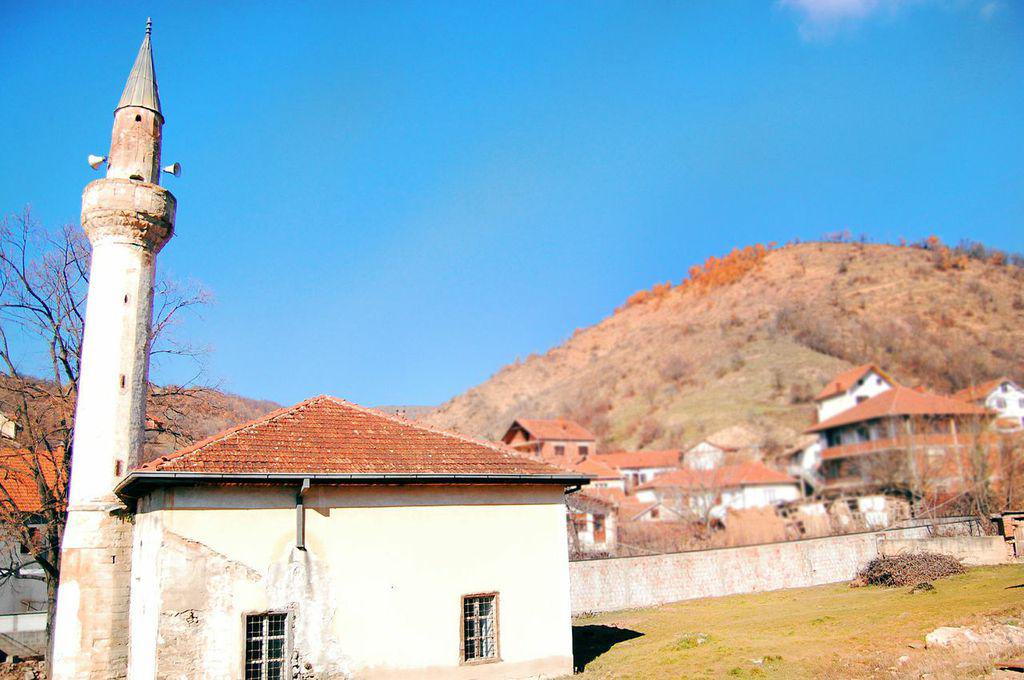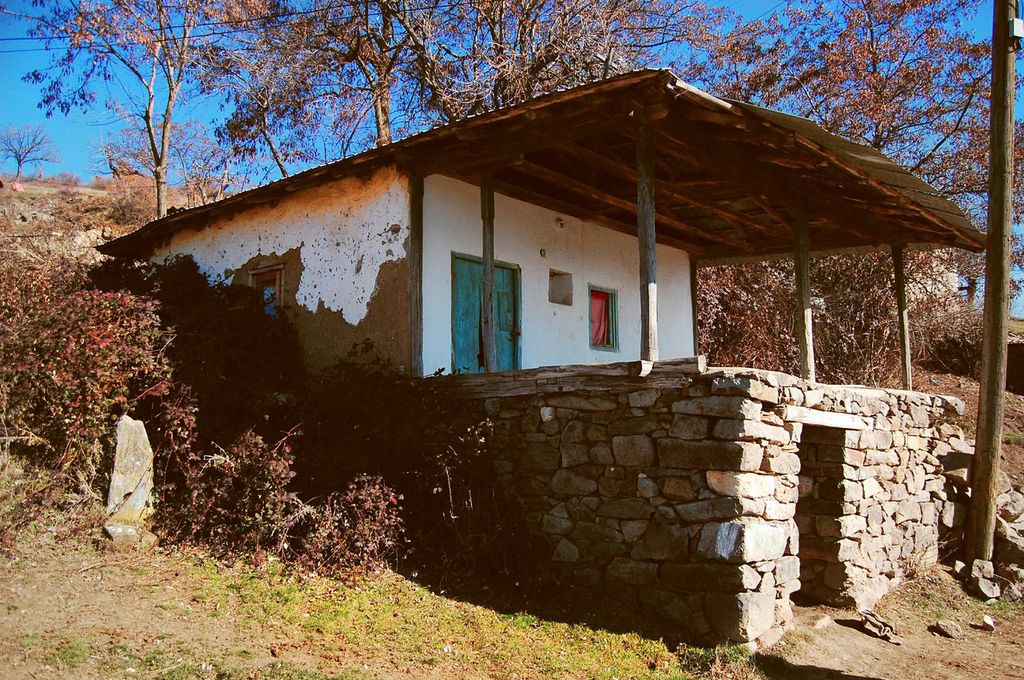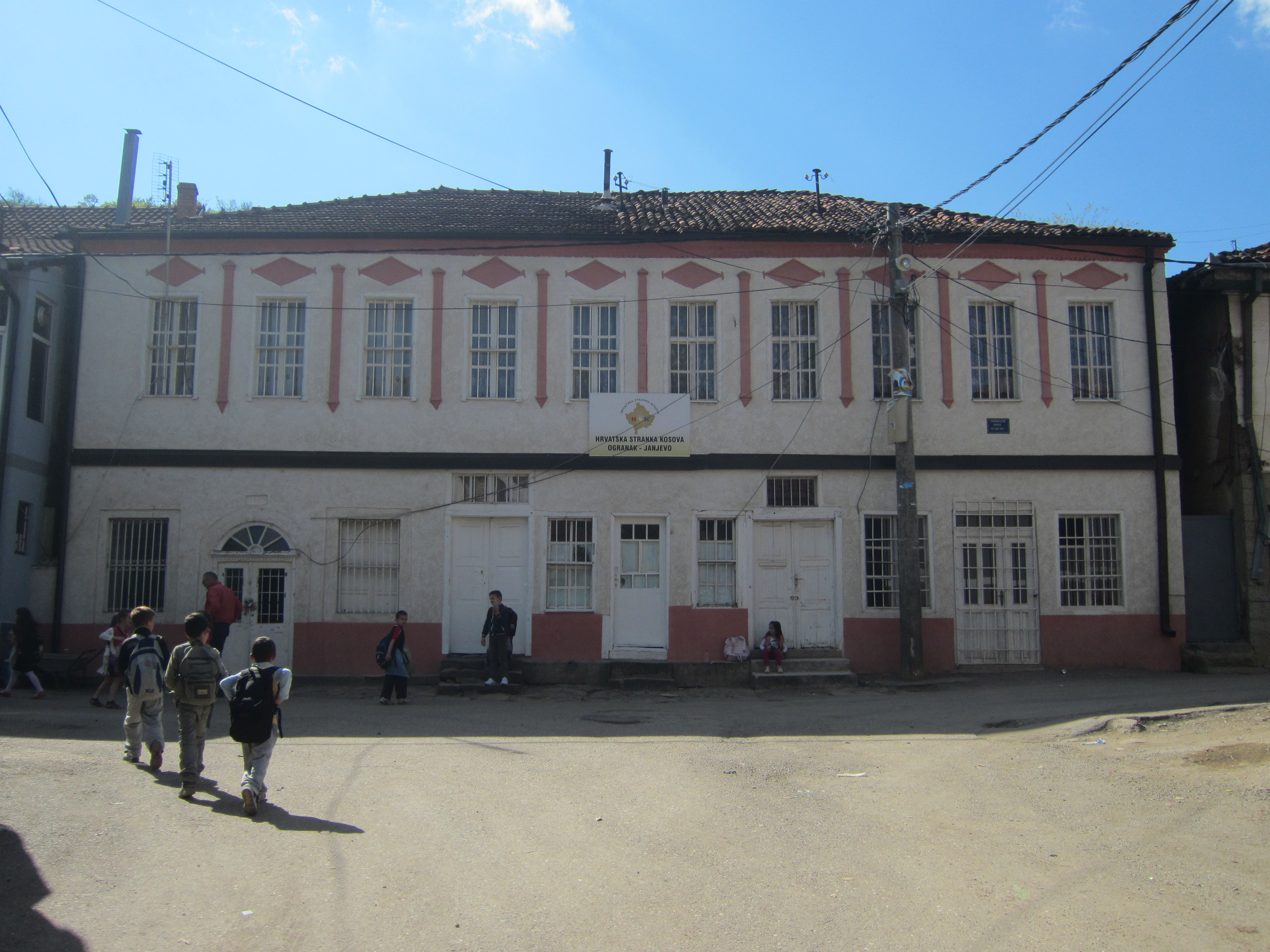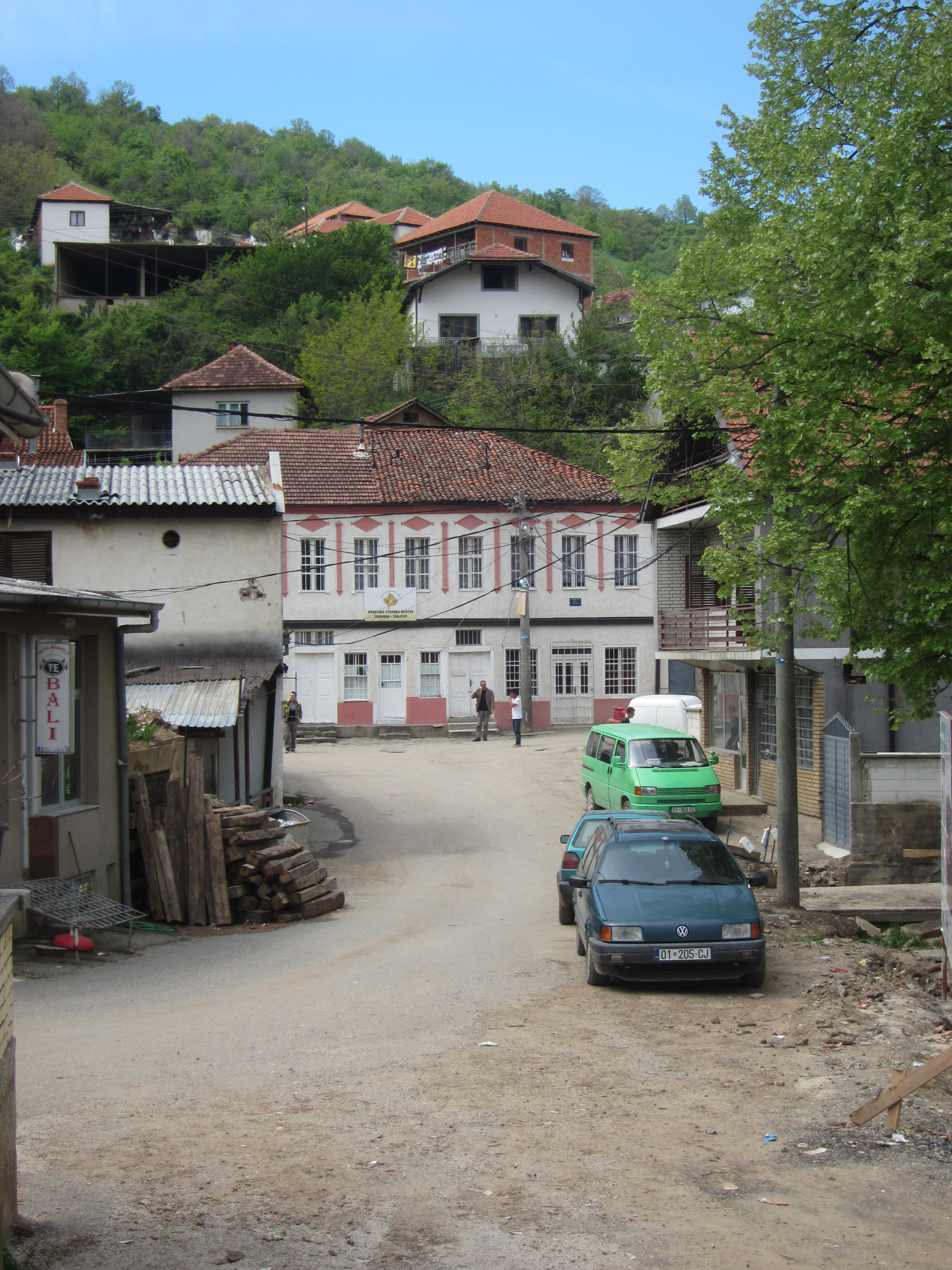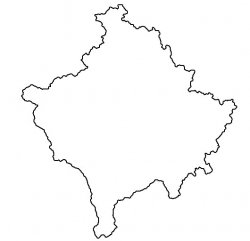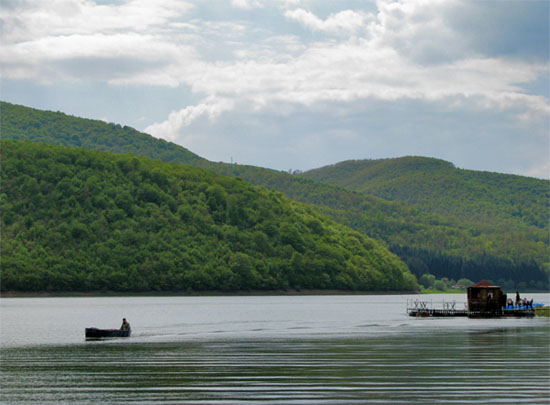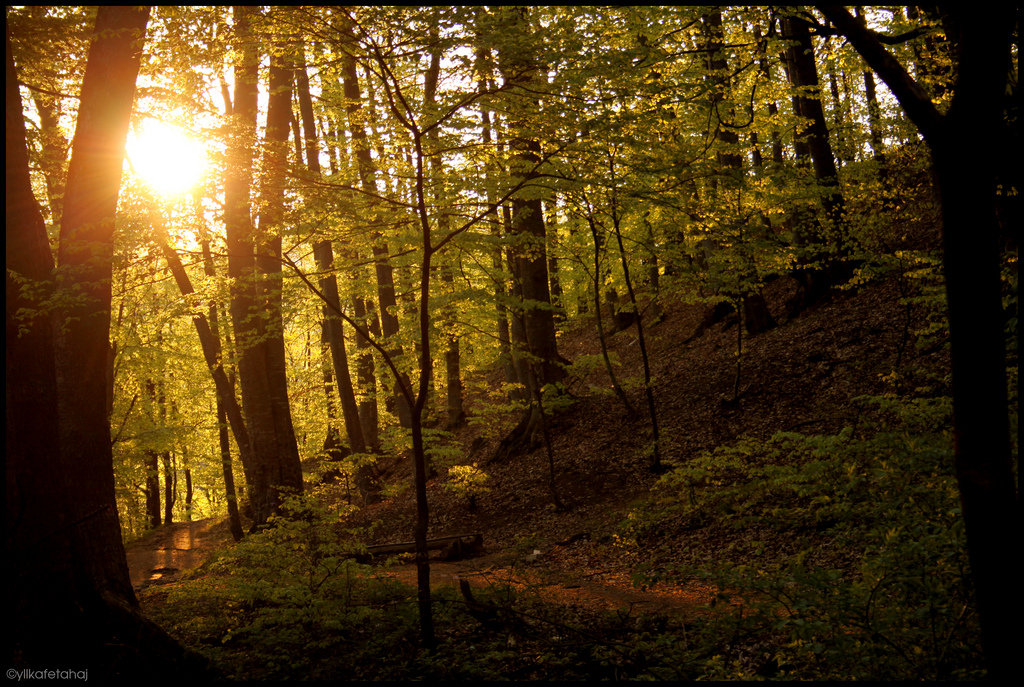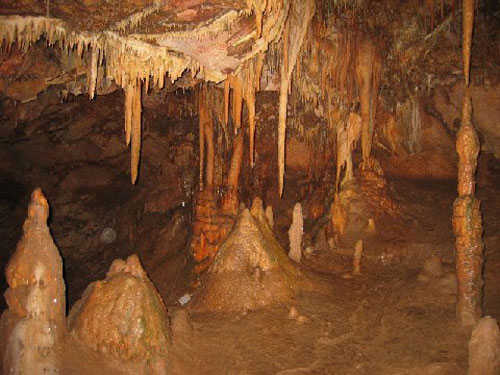Janjeva
Janjeva was known for its gold and silver mines and between the twelfth and fourteenth centuries the Republic of Dubrovnik opened several mines there as well as the associated infrastructure, such as a foundry and winches for carrying the ore. These mines have not functioned for centuries though it is said that a hunter’s dog once followed a rabbit from Janjevo/a to Gadime, about 10 kilometres away and entirely underground, presumably following the mines or a cave.
Following the opening of mines in the sixteenth century, the town’s population grew and the former village took on the appearance of a town with goldsmiths, shoemakers, and manufacturers of different tools. It was not much later that this town also built a church that was noted for its size.
By around 1671 Janjevo/a also had its own school. Mari Bici writes that at that time a mixed population of Catholics, Muslims and Orthodox lived in Janjevo/a, and notes around 500 families: 200 Orthodox, 180 Muslim and 120 Catholic.
Until the 1990s Janjevo/a had a majority Croat population, though during the Yugoslav wars of the 1990s, many Croats fled to Croatia and other Western countries.
Today Janjevo/a’s population numbers around 3,000 inhabitants, of whom 1,800 are Albanian, 400 are Turks, 400 are Roma, 350 are Croats, 50 are Ashkali, and 10 are Bosnian. Interethnic harmony in Janjeva is evidenced by the fact that there was not a single case of killings or houses being burned between the communities at any time either before, during or since the conflict of 1998-9.
In Janjevo/a, even to this day, old crafts such as metalwork are practiced, along with newer crafts such as the production of plastics. Nevertheless, now, the majority of the population is engaged in agriculture and animal husbandry.
source: janjevatourism
Don’t miss these places in Janjeva (Janjevo)
The Veletin Castle
The Veletin Castle Observation Point is 970 metres above sea level, and located about 1.5 kilometres northwest of Janjevo/a and is the highest point from which the entire town and surroundings could be observed. On clear sunny days, the towns of Lipjan, Prishtina and Ferizaj can be seen.
Post Office/Bank
Post Office/Bank built in 1890 in the town market square by a Croat inhabitant who had just returned from the USA and built it together with a Turkish architect. The style of this building is mixed: its appearance from outside is American in style, while inside it has an Ottoman style with a typical balcony. It is thought that the first Post Office to operate in the territory of Kosovo was opened in this house. At other times, the house was also used for banking services.
Location on google map
November 7, 2018
post a comment
You must be logged in to post a comment.


